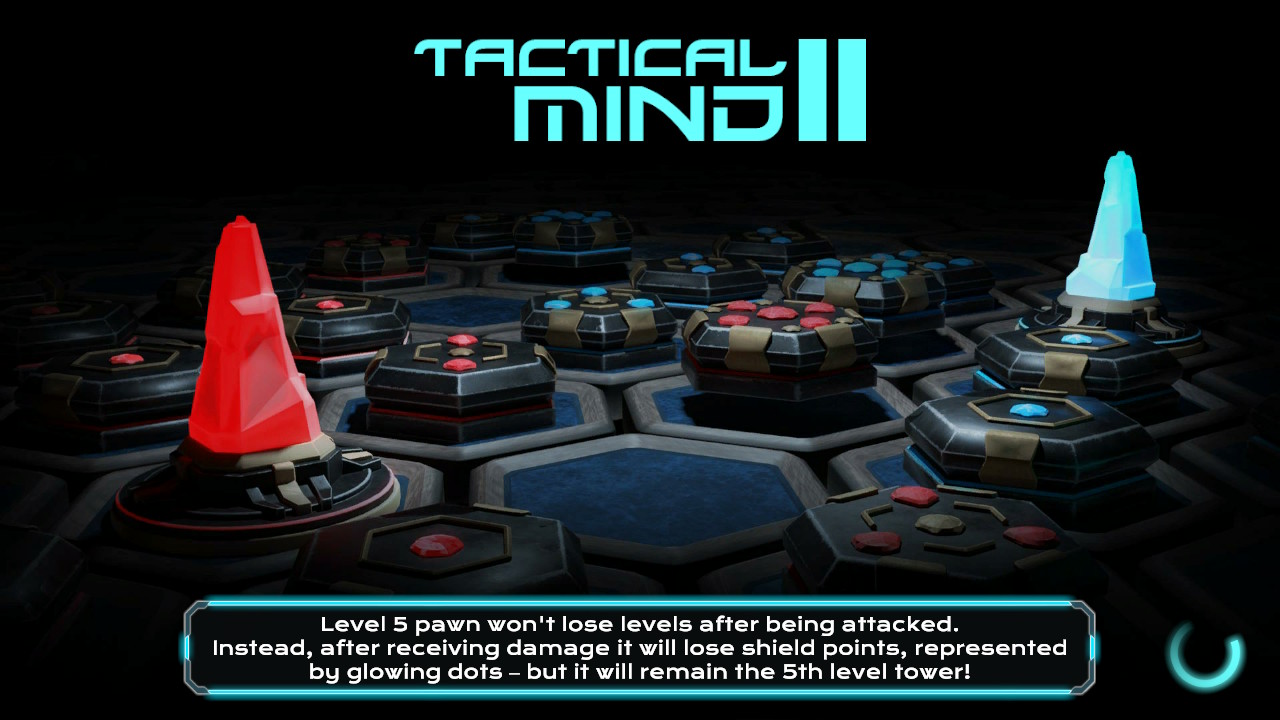[Review] Tactical Mind 2 – Nintendo Switch
Tactical Mind 2
Nintendo Switch
Developed By: Drageus Games
Published By: Drageus Games
Category: Board Game, Strategy, Puzzle
Release Date: 11.15.19
While I’m well-versed in the ways of video games, I haven’t had much experience in games of the board variety. I mean, sure, I played a few games of Monopoly in my time but it’s not exactly what I would call a regular occurrence. As for the ultimate thinking man’s board game, chess, I have next to no experience. So when Tactical Mind 2 for the Nintendo Switch came across the review desk, I was a little wary to see chess name-checked in the game description. After a few hours with it, I feel that any fears were unfounded in that regard; while, certainly, the influence of chess can be seen, I actually consider it to be more akin to a turn-based strategy RPG than chess. Let’s see why.
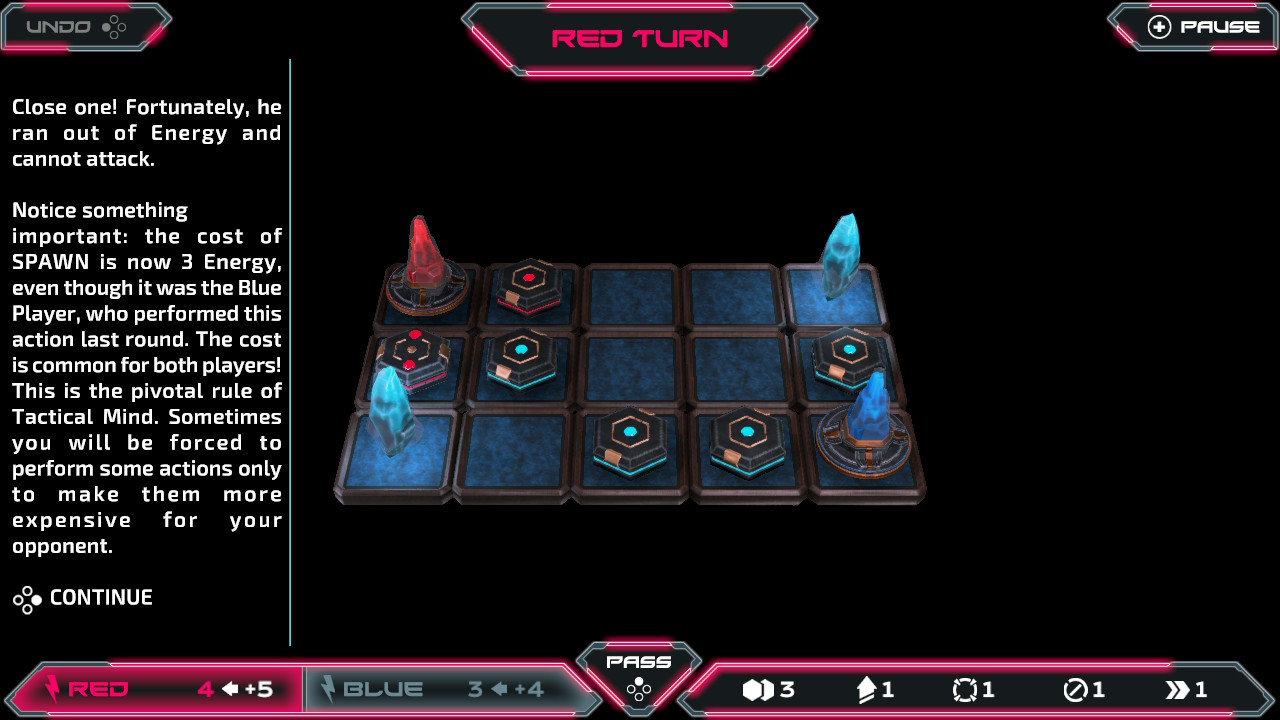
Chess With Resource Management
Tactical Mind 2 plays out on a gridded game board, with the boards alternating between square and hex grids. There is a red team and a blue team; red always goes first, but blue always starts with more resources. Each team has an equal number of base crystals; destroying any one of your opponent’s base crystals will win you the game. Resources are generated by having your game pieces, called pawns, next to the crystals. Base crystals can only be mined by your units, but some maps have neutral crystals from which anyone can draw resources. A basic pawn generates one resource per crystal in an adjacent grid space at the end of your turn, but only if it hasn’t taken another action that turn or been disabled.
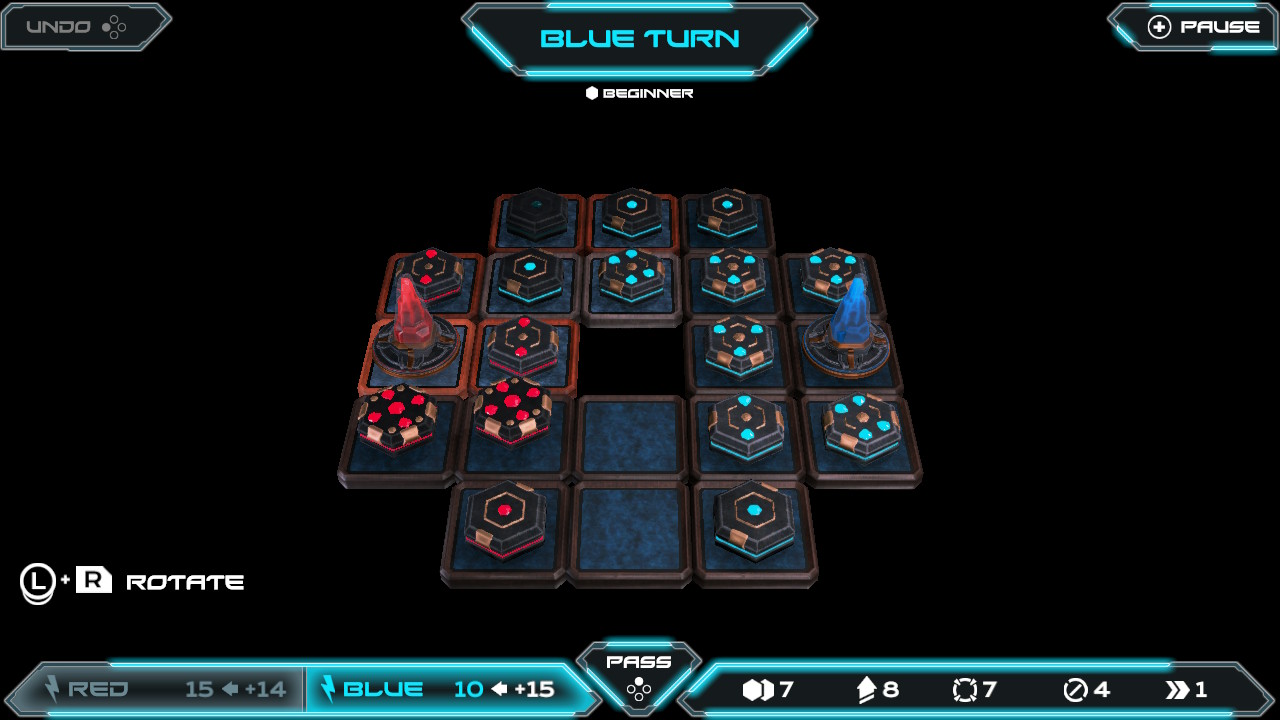
We’re All Pawns in the Game of Tactical Mind 2
Pawns have five different actions they can undertake. They can spawn another level one pawn in an adjacent empty tile, they can attack an enemy (or an ally!) in an adjacent space, they can disable an enemy pawn, they can level up either themselves or an adjacent pawn, and, if they have grown to level five, they can move to an adjacent grid space. Levelling up your pawns is one of the best strategies for success; levelled up pawns cannot be destroyed by lower level pawns. If a level one pawn attacks a level three pawn, it only reduces the second pawn’s level by one rather than destroying it outright. Any level pawn can disable any other level pawn, making that a preferable strategy to attacking. Disabled pawns cannot collect resources, either.
Level five pawns have many special abilities that make upgrading your pawns ASAP a good general strategy. First, pawns generate energy based on their level. While a level one pawn generates one energy per adjacent crystal, a level two will generate two energy, and so forth and so on until level five. Second, level five pawns can take as many actions as they want (except moving; they can only move once per turn) without becoming disabled; all other levels of pawn can take one action, after which they do not generate any energy that turn. Basically, a level five pawn can do a lot of damage in a single turn – as long as you have the energy.
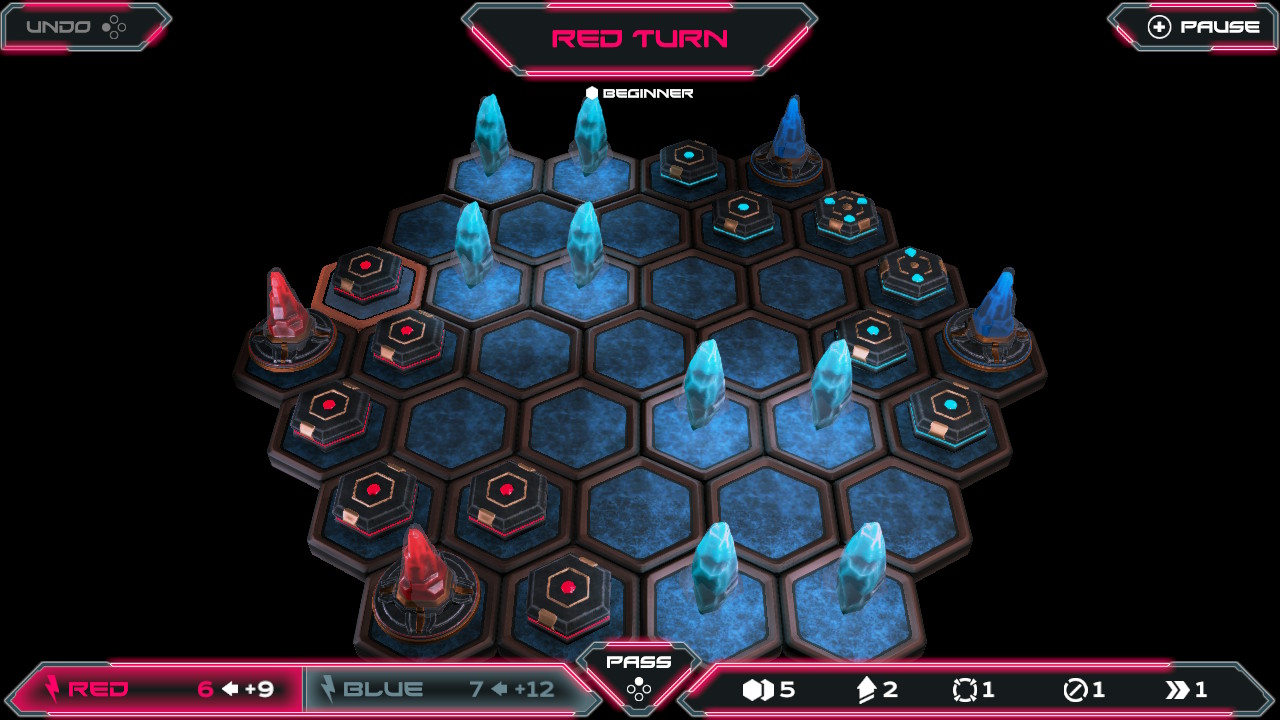
Fighting Inflation
Taking actions in Tactical Mind 2 cost resource points; the catch here when compared to more tradition SRPGs is that every action starts at one point, and every time that action is taken it raises the cost for that action by one point. So, if you spawn one new pawn at the beginning of a game, it costs one point. The next costs two points, the next three, and so forth. Cost increases carry over between players, too; so whatever the red team doe increases costs for the blue team. Point costs do reduce if no one takes that action for one turn. It’s an interesting, but sometimes frustrating mechanic that adds an element of long-term planning to the game.
Resource generation overshadows most other aspects of strategy; the best strategy is always getting yourself set up to gather the most points each turn. Many boards are small enough that if you have a ton of points banked, you can storm across the board in one turn. So, while the gameplay can be fairly challenging and satisfying from a tactical standpoint, it is a little disappointing that there isn’t a broader range of viable tactics.
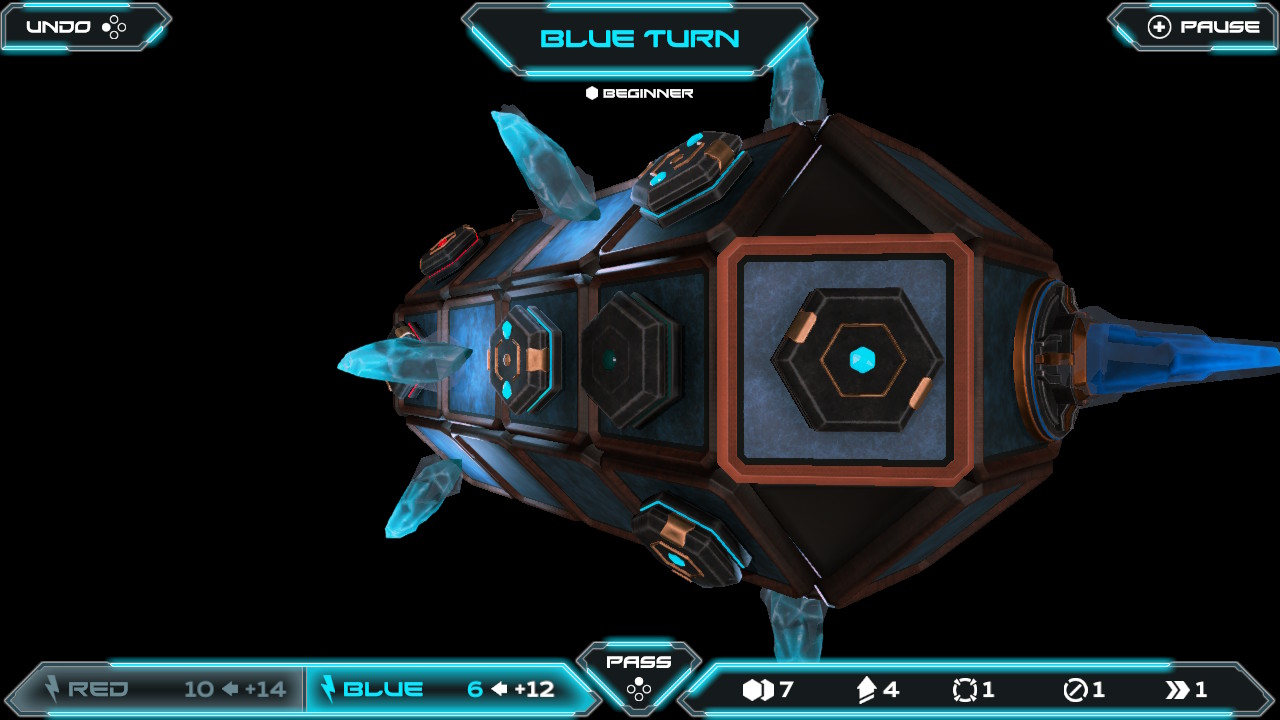
Different Modes in New Dimensions
Tactical Mind 2 offers three different game modes. The campaign boasts 180 different maps, each with three different difficulty levels, making for a ton of replayability. Frankly, even if you don’t play each level three times, that’s a lot of value for five bucks. There is a single player mode where you can just play against an AI opponent of a randomly-generated map. Finally, there is a local multiplayer mode where you can play against a friend on a randomly generated map.
In addition to the standard, flat, hex or square grid maps, the game offers three-dimensional game boards for added challenge. Some maps are cylindrical with square grids, while some are hex grid spheres. The 3D maps are especially challenging; I didn’t expect it would be as hard as it was to keep track of pawn placement and the overall game situation on a 3D map. I can’t really think of a game I have played that uses 3D boards like this; some have boards that wrap around at the edges, but they are presented in a two-dimensional fashion. Not being able to see the whole map at once really challenged my ability to effectively plan a strategy.
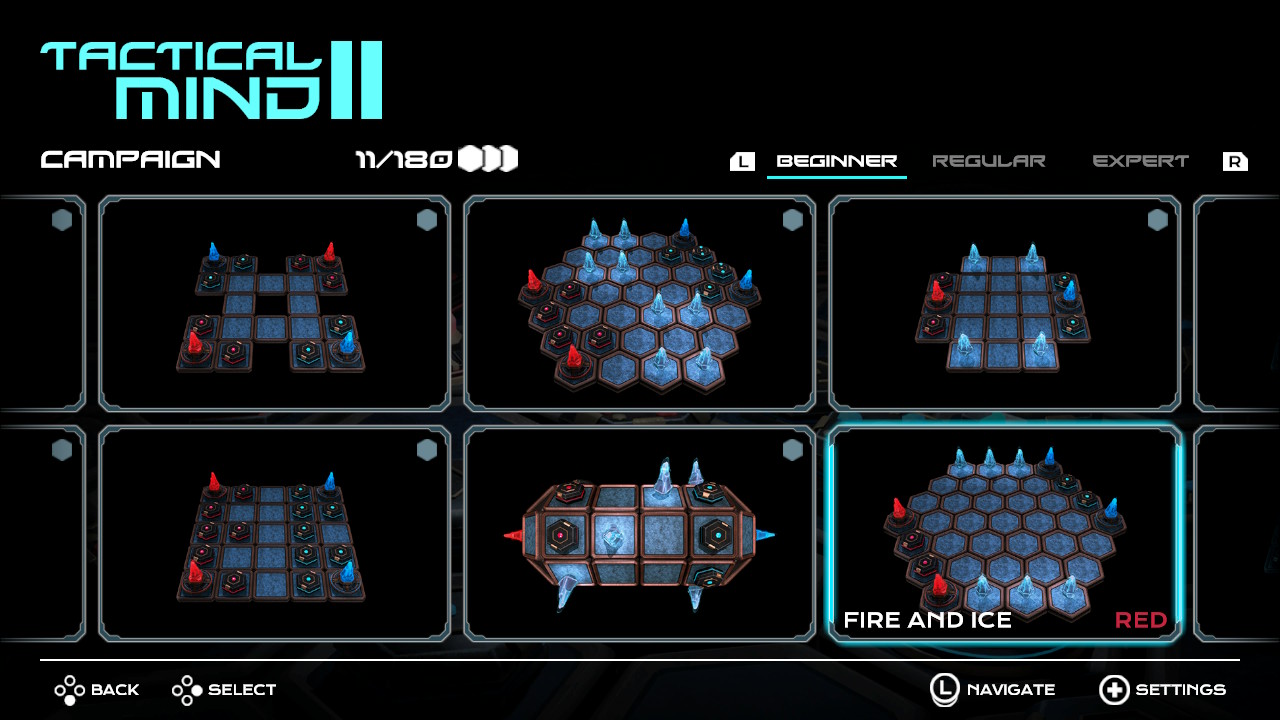
Tactical Find
Tactical Mind 2 is a decently challenging strategy game. While the strategy almost always boils down to who can generate the most resources, doing so doesn’t always guarantee success. There are multiple ways to prevent your opponents from gaining resources, and vice versa. The graphics and music are acceptable, but suffer from a lack of variety. Every board has the same aesthetic, just with different arrangements in each level, so things get a little boring visually after a while. Despite these issues, it remains a fun, challenging game to pick up and play for a few levels every once in a while, and a great choice for anyone who loves strategic, turn-based games.





Buy Tactical Mind 2
$4.99
Follow Drageus Games
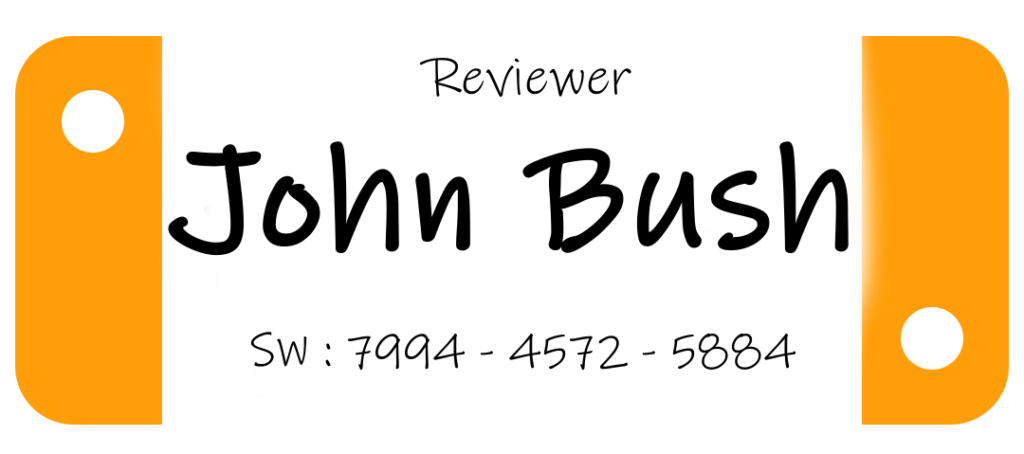
*A game code was provided for review purposes.

